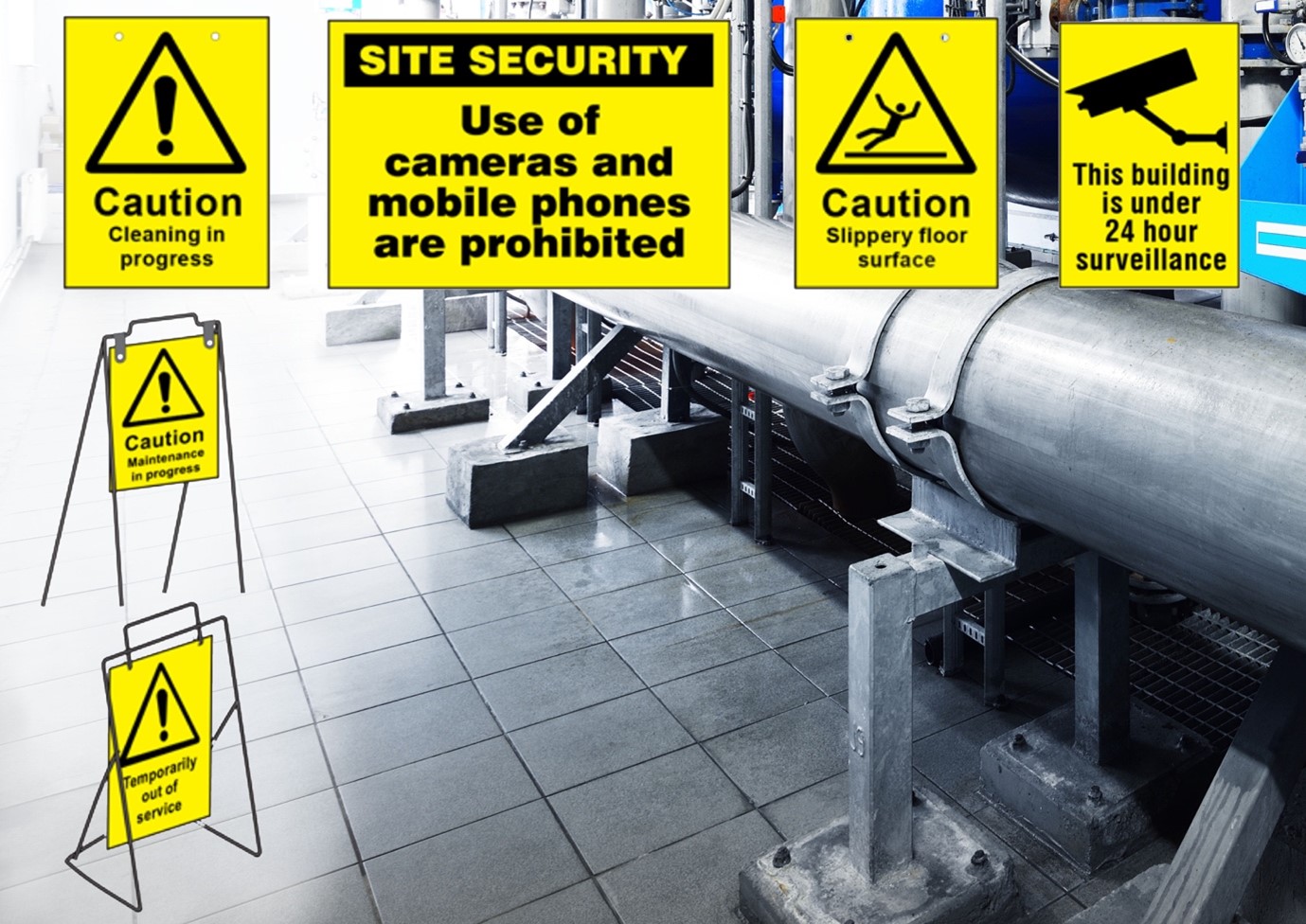
Notice signs are everywhere. Whether they are warning about small issues like wet paint or dangers like slippery floors, notice signs help keep people informed and protected.
However, proper use of notice signs is vital. Clumsy placement and lack of integration into existing safety policy can have a litany of knock-on effects. Warning signs in the workplace are essential to signpost hazards and keep staff safe, so care and attention is required.
Below, we discuss the importance of safety signs, what notice signs mean and how to use them as part of your workplace safety policy.
The Different Types of Notice Signs
The purpose of notice signs and stands is to inform people of potential dangers. Notice signs are usually bright yellow with bold black lettering so people can more easily recognise them. There are a variety of notice signs and stands available, namely:
- Cleaning-in-progress signs
- Maintenance signs
- Out-of-use signs
- Fork-lift trucks signs
- Wet floor signs
Notice signs can be markedly different. However, they are all unified by their central goal of improving safety. Each notice sign meaning is understood through the use of clear lettering and a harmonised, distinct symbol.
How to Use Notice Stands & Signs
When it comes to using notice stands and signs, you need to follow two methods of best practice:
- Place them in an area where they are visible.
- Integrate them into existing safety practices.
The HSE advises that “[the] long-term visibility of the warning signs, i.e., lighting, degradation due to exposure to UV, corrosion, size, positioning, orientation should be considered”. This means that, where possible, notice signs should be placed in areas where activity and exposure won’t damage them.
As for integrating them into a safety policy, ensure the usage of notice signs is written into your company’s safety documentation. For example, if a member of staff is handling paint, or if they spill something on the floor, it should be in the written process to use a notice sign afterwards.
Without a safety policy a worker understands, notice signs are practically useless; they need to be unilaterally used across the business.
Looking For High-Quality Notice Signs
If you’re going to use notice signs, then you want them to last. Our range of notice signs can be easily stored and used for a long time, plus we have a variety of options for different safety hazards.